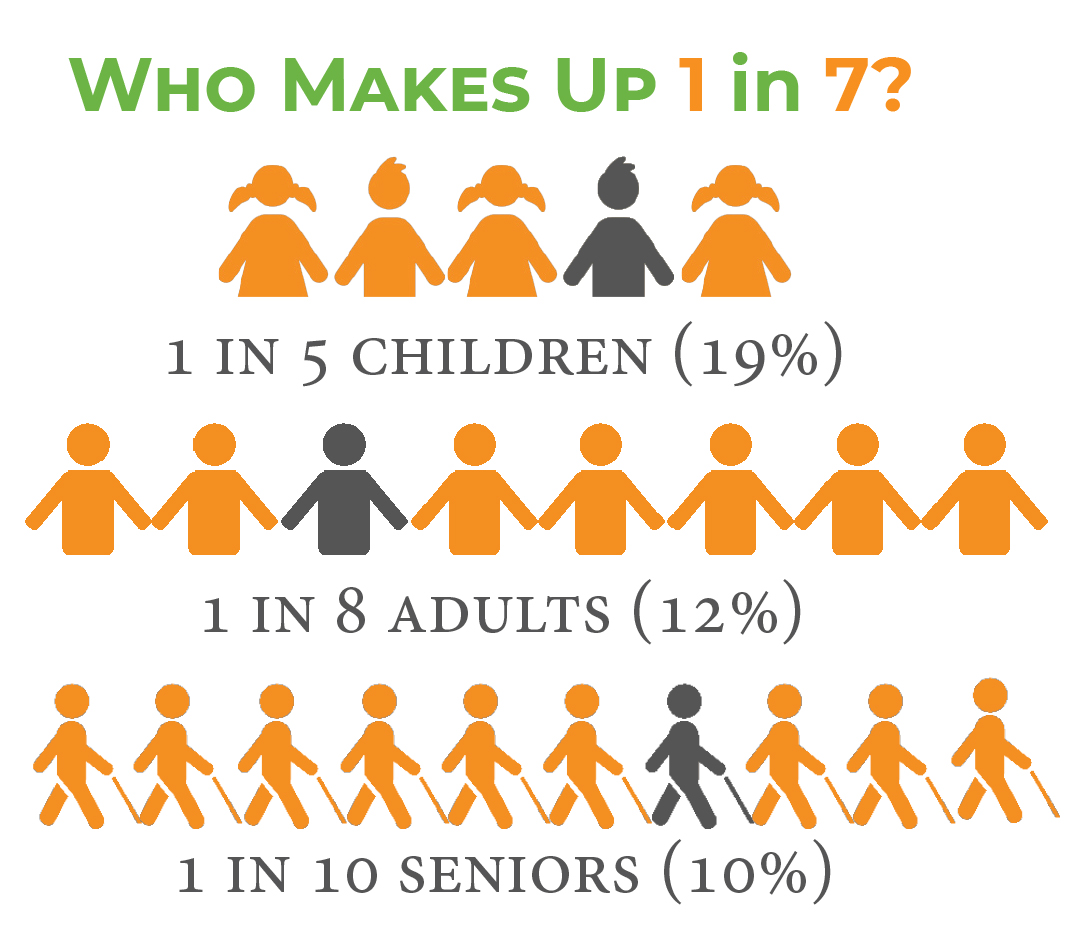Snapshot of Hunger in San Diego County
/Every year, San Diego Hunger Coalition prepares an in-depth analysis of data from UCLA’s California Health Interview Survey (CHIS), which goes beyond the stats that are publicly available. Our annual San Diego County Food Insecurity Data Release includes a white paper and now, for the first time, a two-page summary that provides a glimpse into what hunger looks like in San Diego County. The report reveals that food assistance continues to be a critical need for working families, senior citizens, and persons with disabilities in our region.
Here is just a little of what our research found:
Based on 2015, 2016, and 2017 data from the California Health Interview Survey administered by the University of California, Los Angeles Center for Health Policy Research.
So, why isn’t food insecurity improving?
From 2016 to 2017, San Diego County’s food insecurity rate improved very slightly, dropping from 15% to 14%. While any improvement is good, the needle hasn’t really moved when 1 in 7 San Diegans still experience food insecurity.
The reality for many San Diegans since the 2008 recession is that their wages have not kept pace with rising costs of living. Today, more than half (55%) of adults experiencing food insecurity are employed, but 32% of working San Diegans make less than $14.35/hour. This is not enough to make ends meet in San Diego, where a family of four needs approximately $83,000/year to meet their basic needs.
Unless wages catch up to the cost of living in San Diego County, people will continue to need food assistance. That’s why programs such as CalFresh, Free and Reduced-Price School Meals, WIC, and food distributions are so important.
There are three ways that you can support hunger relief in San Diego County:
1) Support San Diego Hunger Coalition’s hunger relief programs.
2) Learn: Download the latest food insecurity data and share this information.
3) Share: Become a Hunger Free Activist and get others involved in the fight to end hunger.





